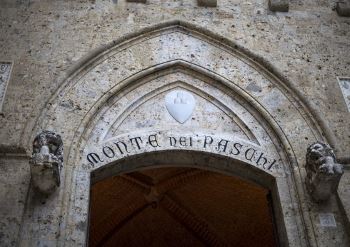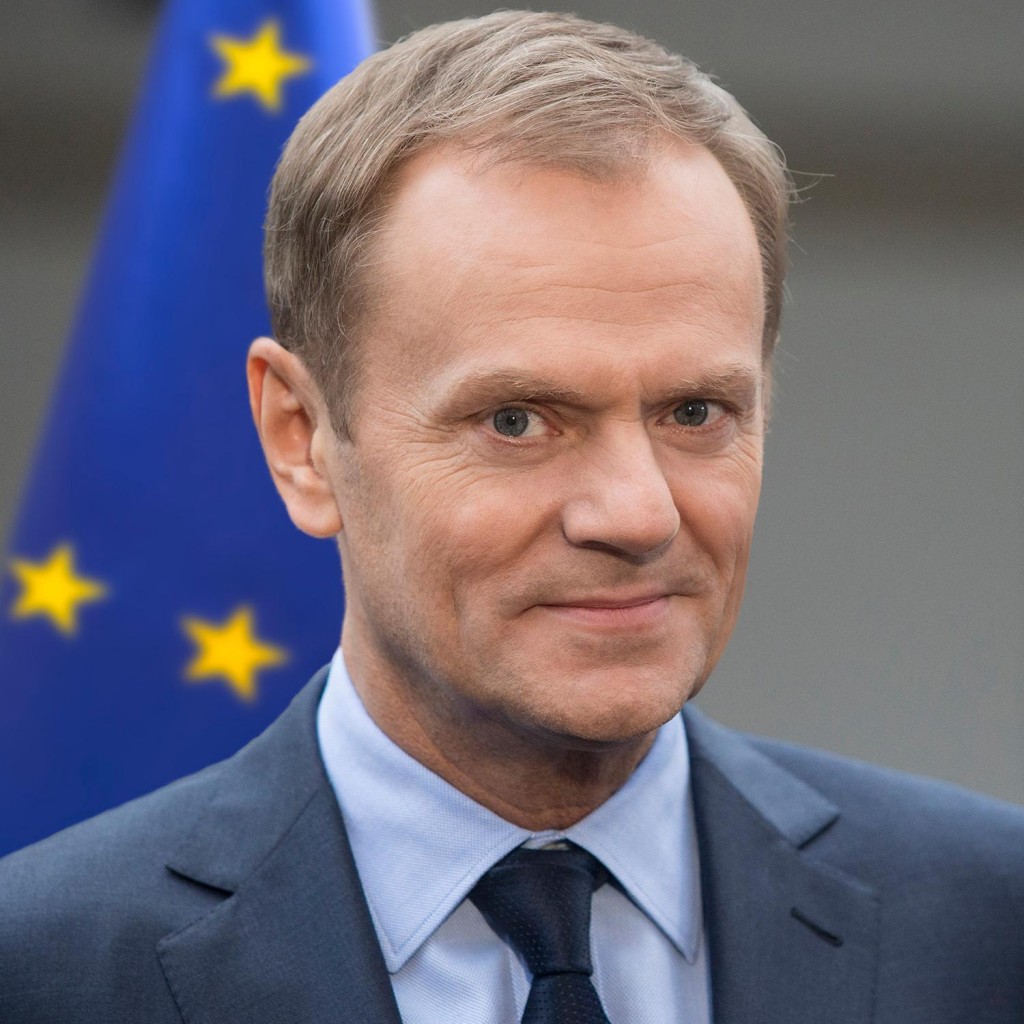“Operation Overlord.”
There are rumors currently doing the rounds that Italy’s banking problems have finally been put to rest. The FTSE Italia All-Share Banks Index has soared about 40% over the last 12 months, about double the advance by the Euro Stoxx Banks Index. Six of the top seven gainers in the latter index this year are Italian.
The story of Italy’s non-performing loans, which just a year ago terrified global investors and posed a systemic threat to the entire Eurozone economy, “is over,” according to Fabrizio Pagani, the chief of staff at Italy’s Ministry of Economy and Finance. Pagani believes that now that the banking sector is well and truly on the mend, work should begin to take consolidation of the sector to a new level.
“There are too many banks,” Pagani told Bloomberg. “And in this sense, Monte dei Paschi could play a role. I think this could start this year.”
There’s clearly lots of room for consolidation in Italy, home to roughly 500 banks, many of which are small local or regional savings banks with tens or hundreds of millions of euros in assets. At the top end of the scale, Italy’s ten biggest banks control roughly 50% of the industry. The goal is to increase thatto 70-75% to bring it more in line with the levels of banking concentration in other EU countries. In Spain, for example, the five biggest banks — Santander, BBVA, CaixaBank, Bankia and Sabadell — control 72% of the market.
The problem is that, while last year’s bail out of Monte dei Paschi di Siena may have restored a certain amount of investor confidence to Italy’s banking sector, many of the largest banking groups are still extremely fragile, with stubbornly high non-performing loan (NPL) ratios. .
…click on the above link to read the rest of the article…



















